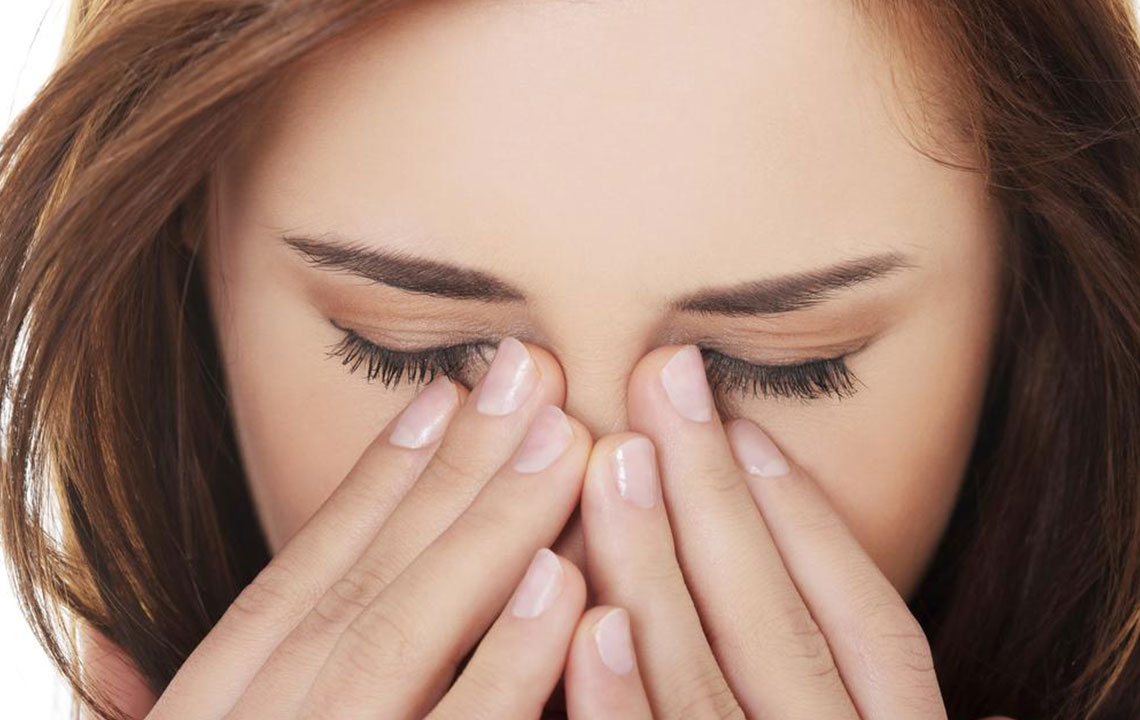Understanding Dry Eyes Symptoms

Dry eyes are not something to be ignored or not taken seriously. There are a number of complications that could arise out of dry eyes and if you do not choose to pay attention to getting this cured, you could be in for bigger issues later on. Before you try to understand the causes and cures for dry eyes, understand the most common symptoms first.
The most common symptoms and signs that might affect both the eyes are-
- Itchiness in eyes
- Burning sensation in eyes
- Enhanced sensitivity to light
- Redness in the eye
- Issues with wearing contact lenses
- Night-time driving difficulties
- Stringy mucus formation around eyes
- Watery eyes
- Fatigue in eyes
- Blurred vision
If these dry eye symptoms persist and you have issues arising out of the same, you must visit your doctor first. There will be few examinations and tests to conclude the reasons for dry eye symptoms emerging. Now before you worry and panic out, it is important that you understand that dry eyes is very common as a condition. It takes place when there is lack of ample lubrication of the eyes. Now the reason behind underproduction of tears is many. The main reason why dry eye symptoms must not be ignored is that this could become uncomfortable after a point of time. Even in AC rooms, aircrafts or while riding–dry eyes could cause issues anywhere.
There are a number of treatments available too. These could bring in much comfort but do make sure you are ready to bring on the medication based implementation as well as lifestyle changes for getting the best results. Most measures are suggested for indefinite periods to curtail dry eyes symptoms.
Causes Of Dry Eyes
The chief cause of dry eyes is lack of ample tear production. Tears in your eyes are a mixture of mucus, water and fatty acids. This aids in making the eye surface smooth as well as clear. Also, this aids in preventing infections to the eyes. For few people, the main cause of dry eyes is decrease in the tear production. For few others, it could also be because of enhanced evaporation of tears.
There also is a possible cause in the form of tear makeup imbalance. Dry eye symptoms are a direct result of absence of the required amount of tears in your eyes. In addition, you need to remember that tears comprise of a mixture of mucus, fatty oils as well as eater. This actually aids in making the surface of the eyes smooth as well as in improving their clarity. Moreover, the risk of infection of eyes is also enhanced due to lack of adequate tears.
Low Tear Production
Dry eyes could even occur in case there is the inability to produce tears. The condition is medically called keratoconjunctivitis succa. The most common reasons that cause these are-
- Aging
- Diabetes
- Arthritis
- Thyroid
- Scleroderma
- Lupus
- Deficiency of Vitamin A
There are a few drugs too that cause dry eyes. These include decongestants, antihistamines, HRT, blood pressure medication, drugs for Parkinson’s, acne and even birth control.
The most common causes for tear evaporation are-
- Smoke
- Wind
- Dry air
- Less frequent blinking of eyes
- Eyelid issues such as ectropion and entropion
When the layers of the tear films are disturbed, there is a chance that you could experience dry eye symptoms. The main layers of a tear film are mucus, water, and oil. For instance, if there is clogging of eyelids in terms of oil glands, you will experience inflammation such as blepharitis, rosacea and similar issues of the skin.
There are certain factors that make it riskier to have dry eyes. These are-
- When your age is above 50 years. At this stage, there is a marked decrease in tear production. This could cause dry eyes as you age.
- Females are at higher risk than makes them have dry eyes. Thanks to a lot of hormonal modifications, a woman’s body undergo, this is pretty normal. From pregnancy to menopause, there is so much to even take care of.
- Consuming a diet that is low in Vitamin A could be a cause of dry eyes. Moreover, it is suggested having broccoli, carrots and low omega three acids for best eye health.
Many out there ignore dry eyes thinking that these could barely cause much damage. However, the truth is far from this. Eye infections frequently occur when you have dry eyes. In case your issue is left without treatment, you could experience inflammation, abrasion as well as vision issues.
Moreover, with the dry eye symptoms dominating your habits, your overall life could get hampered. Even small tasks such as driving, cooking, and reading will stare at you as if they are big obstacles.


